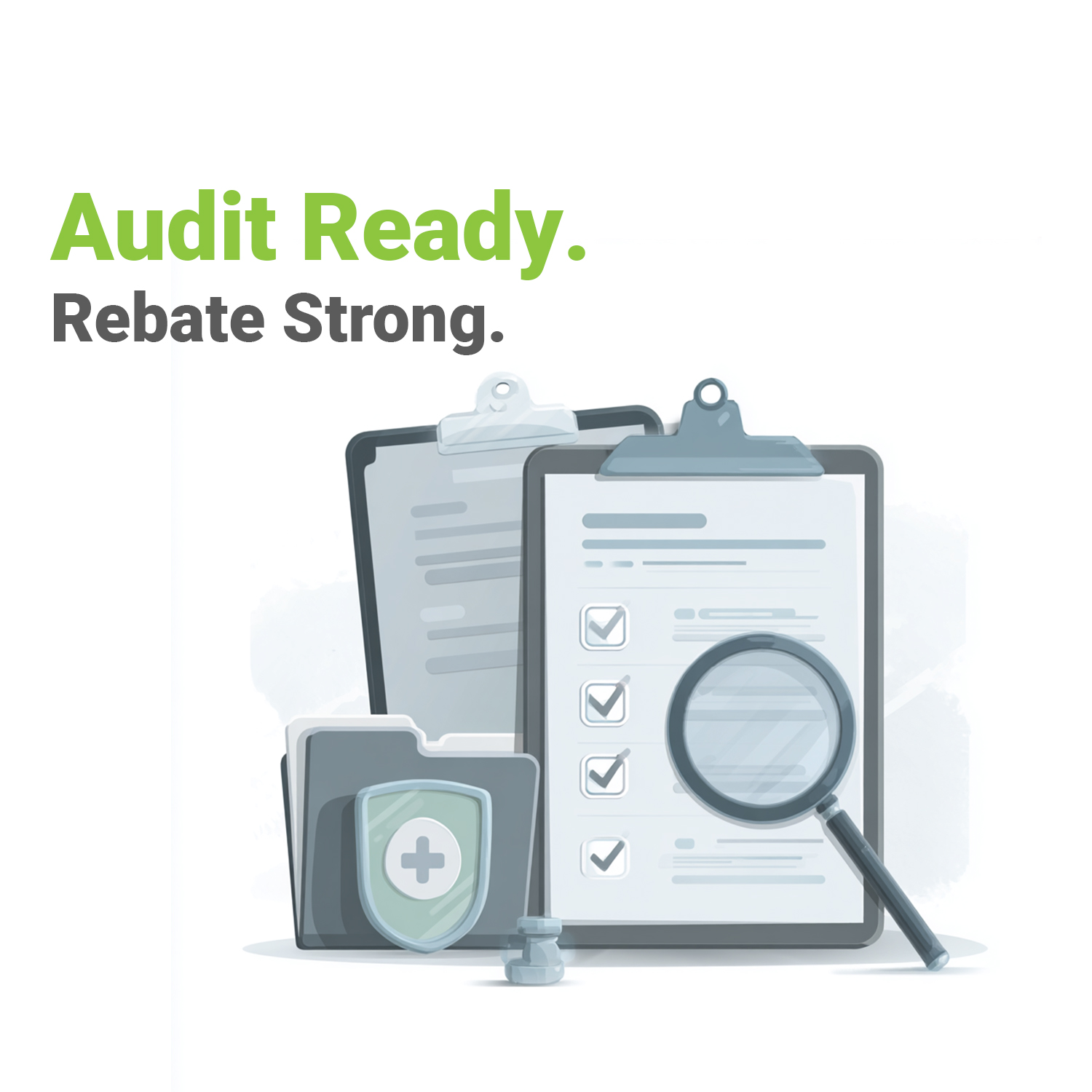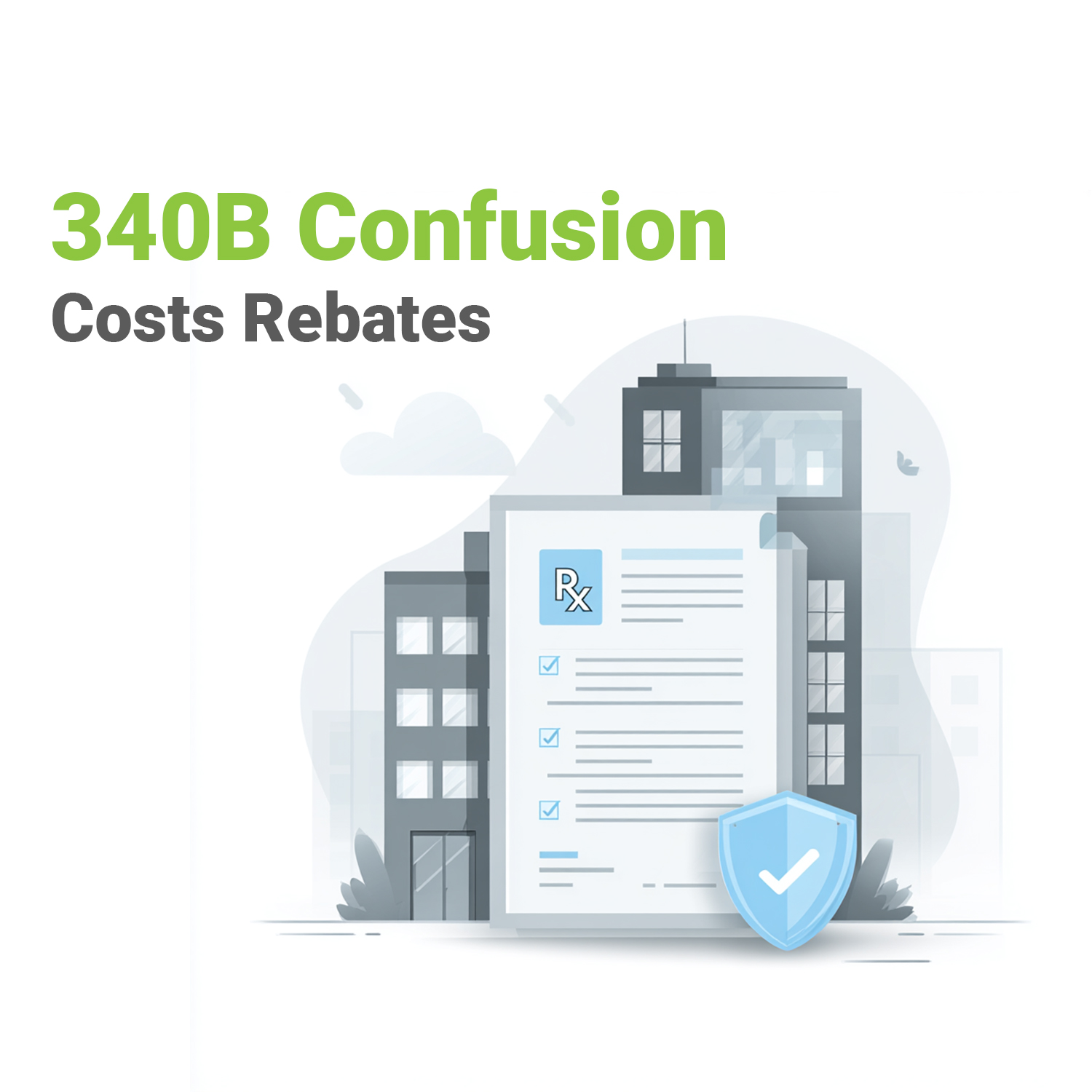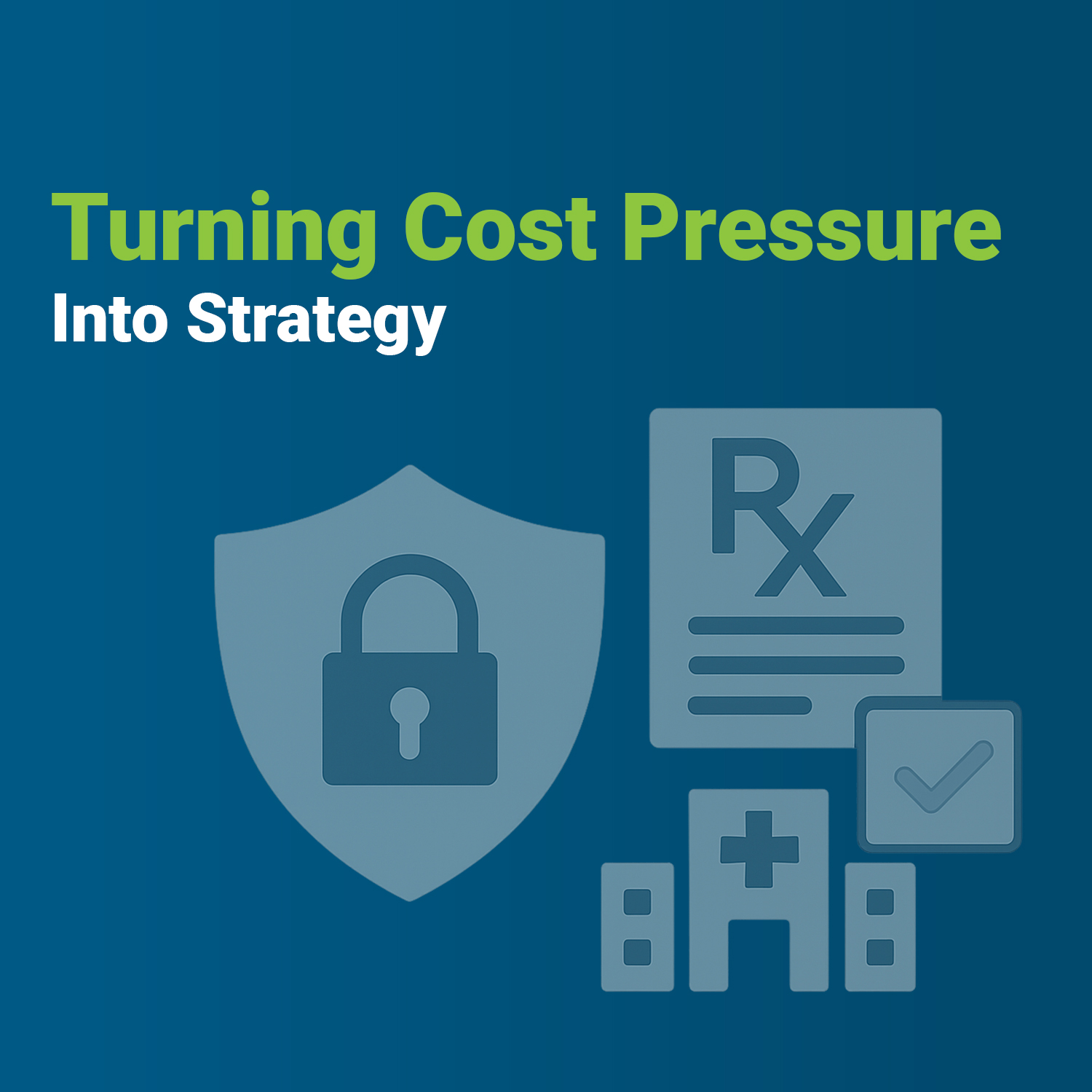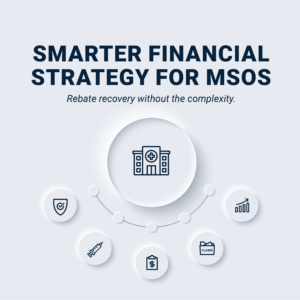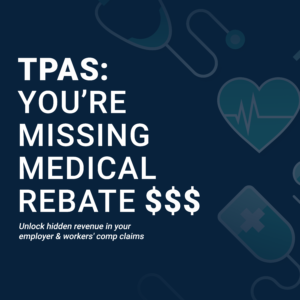Lately, it’s become common to hear the term transparency being used in very different contexts.
For example, here at VativoRx, we work hard to make sure we’re being as transparent as possible with our customers and their members. That means we don’t hide important information that they need to make decisions and manage their prescription drug plans.
Increasingly, you may hear calls from federal and state governments to mandate increased transparency to drive down health care costs. Many of these efforts are well-intentioned if not entirely thought through as rigorously as they could be.
Bottom line, though, is that transparency is generally a positive goal, however you define it.
What do we mean by transparency?
What do we mean when we talk about transparency in healthcare and the business of pharmacy benefit management?
Here’s how The Cambridge Dictionary defines business transparency: “A situation in which business and financial activities are done in an open way without secrets, so that people can trust that they are fair and honest.”
The Harvard Business Review took a deeper dive.
When addressing transparency, an article from 2010 notes that “key to becoming a contemporary corporate leader is to take on responsibility for externalities—what economists call the impacts you have on the world (such as costs) for which you are not (necessarily) called to account.
Once you embrace externalities as an organizing principle for your efforts to become and be perceived as a responsible business, how do you decide what to start measuring and what feedback to respond to?
The government is focused on creating new transparency rules for drug manufacturers and PBMs
Recently, state and federal lawmakers have been taking action to compel drug manufacturers and PBMs to adopt strict “transparency” practices, punishable in their absence by law.
The goals of the legislation at both the state and federal levels are noble: Save consumers money. The methods involve paperwork that, ironically, could itself add cost to the process.
“Since prescription drugs account for a significant portion of health care spending for consumers, plans, issuers, and the government alike,” U.S Health and Human Safety wrote, “the interim final rule also implements unique requirements to identify specific cost drivers. Plans and issuers must now provide the Departments with an annual overview of their top 50 drugs across key areas of concern.”
Implementation of the reporting required by the new rule is set to begin at the end of 2023.
PBMs are working to increase transparency that leads to savings
The PBM industry is also working – on a parallel track – to institutionalize greater healthcare transparency among PBMs.
As described by Pharmaceutical Care Management Association (PCMA), the industry’s approach to greater transparency is focused on establishing rules and routines of transparency that improve drug access and increase drug affordability.
“PBMs practice transparency that empowers patients, their providers, plan sponsors, and policymakers, so that there is informed decision-making that can lead to lower prescription drug costs. They include:
- Providing real-time benefits tools, so physicians and patients know, at the point of prescribing, what drugs are on formulary and patient’s cost-sharing.
- Providing information to clients on all contract terms, including how PBMs are paid for their services and negotiated rebates.
- Providing government regulators, such as CMS for Medicare Part D, information on price concessions, costs, and service fees.”
Drug cost transparency: a work in progress
Both the government and PBM-driven efforts to create greater transparency toward the goal of lowering healthcare costs are moving quickly. PBMs are invested in making prescription drugs accessible and affordable. Those efforts have begun to pay off in recent years – costs are already going down for prescriptions — and we expect that progress to continue through the 2020s.
Photo by David Becker on Unsplash
